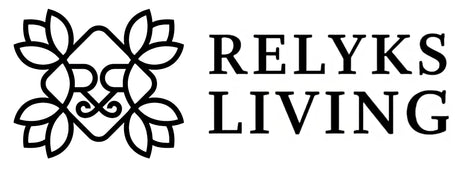| 1. Material Quality |
Uses high-density particleboard or MDF with premium melamine paper. Consistent thickness and smoothness. Resistant to chipping, cracking, and peeling. Often sourced from Austria, Germany, Poland, or Italy with strict QC. |
Quality varies widely by manufacturer. Often lower-density boards (lighter but weaker). Melamine layer can be thinner, making chipping/bubbling more likely. Lower consistency in color, texture, and strength. |
| 2. Durability & Longevity |
Designed for long-term use with high resistance to scratches, heat, and moisture. |
More prone to surface swelling, edge peeling, and scratches (especially with cheaper production). |
| 3. Appearance & Finish |
High-definition wood grains and luxury finishes (matte, glossy, textured, synchronized pores). Colors stay vibrant longer due to UV‑resistant coatings. Matches modern interior and high‑end furniture. |
Fewer texture options; visuals may look flatter/less realistic. Glossy finishes may yellow or fade faster in sunlight. |
| 4. Cost & Pricing |
Higher production standards → higher price. Customers pay for durability, quality, and aesthetics. |
Significantly cheaper and appealing for budget furniture—but replacement costs may add up due to shorter lifespan. |
| 5. Environmental & Safety |
Meets strict EU certifications like E1 / CARB for low formaldehyde emissions. Uses eco‑friendly adhesives and sustainable forestry practices. |
Many factories meet E1 or E0 standards, but quality varies. Some lower‑cost options may emit higher formaldehyde, affecting indoor air quality. |
 European Melamine
European Melamine Chinese Melamine
Chinese Melamine
